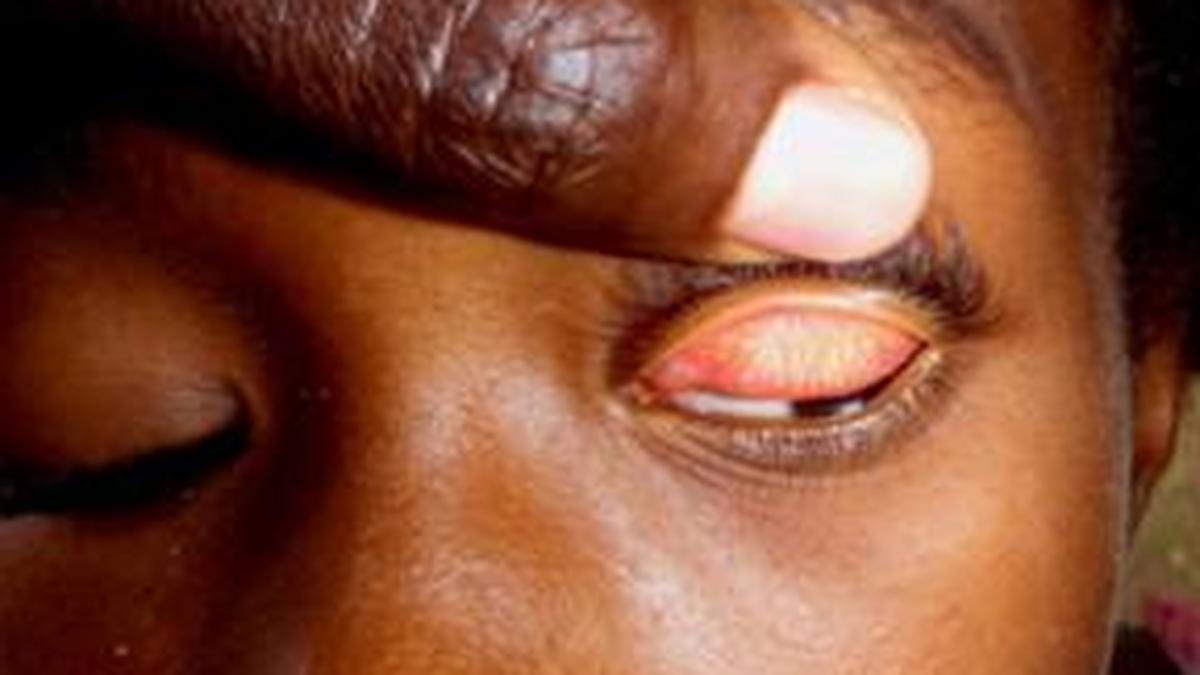
India has successfully eliminated trachoma as a public health problem: Explained Premium
The Hindu
India eliminates trachoma as a public health problem, joining Nepal and Myanmar, thanks to strong leadership and collaboration.
Earlier this month, India became the third country in the Southeast Asian region, to successfully eliminate trachoma, an eye disease caused by a bacterial infection, as a public health problem. The World Health Organization said India has now joined Nepal and Myanmar as well as 19 other countries globally that have previously achieved this feat.
On October 8, 2024, Saima Wazed, Regional Director, WHO South-East Asia, shared a citation announcing this, during the 77th session of the WHO’s Regional Committee for South-East Asia in New Delhi.
The citation congratulated the government of India on achieving the elimination of trachoma as a public health problem, stating that this success was due to the “strong leadership” of its government and the “commitment of ophthalmologists and other cadres of health-care workers” who worked together with partners to ensure “effective surveillance, diagnosis and management of active trachoma, provision of surgical services for trichiasis, and promotion of water, sanitation and hygiene, particularly facial cleanliness, among communities.”
The WHO states that trachoma is a devastating eye disease caused by an infection with the bacterium Chlamydia trachomatis. The infection spreads from person to person through contaminated fingers, fomites (objects or material likely to carry an infection such as clothes, furniture, utensils) and flies that have come into contact with discharge from the eyes or nose of an infected person.
Environmental risk factors for trachoma transmission include poor hygiene, overcrowded households, and inadequate access to water, and sanitation facilities.
Repeated infections in childhood lead to scarring of the inner side of the upper eyelids, resulting in inward turning of the eyelid margin, with the eyelashes touching the eyeball. This is a painful condition known as trachomatous trichiasis – if left untreated, it can result in visual impairment and blindness.
Though trachoma is preventable, blindness from trachoma is extremely difficult to reverse.





















 Run 3 Space | Play Space Running Game
Run 3 Space | Play Space Running Game Traffic Jam 3D | Online Racing Game
Traffic Jam 3D | Online Racing Game Duck Hunt | Play Old Classic Game
Duck Hunt | Play Old Classic Game











